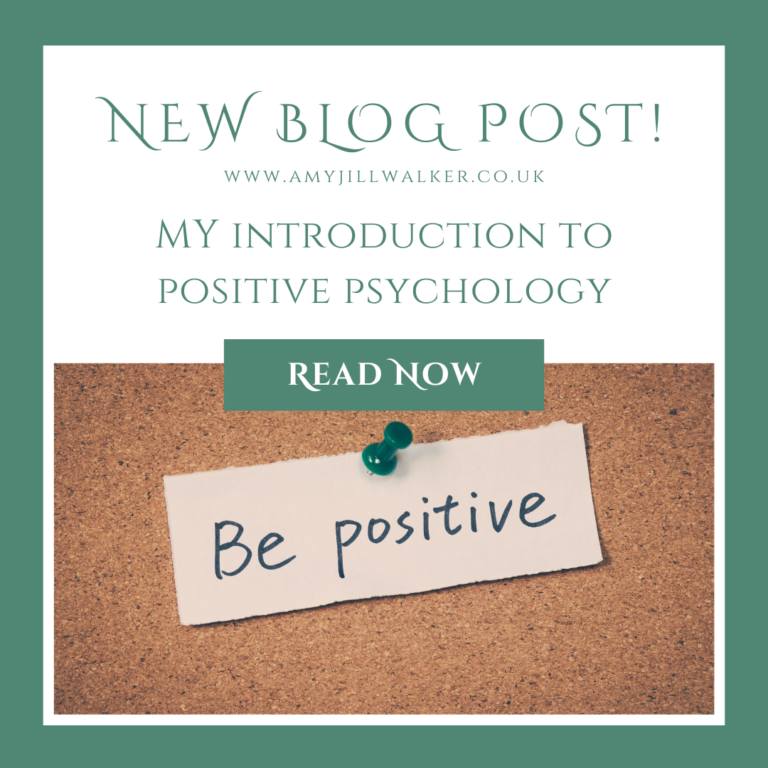Introduction to the PERMA model of wellbeing
Hello everyone and welcome back to my site!
If you have been following my site and YouTube Channel, you may have seen my introduction to Positive Psychology as well as how my journey through Positive Psychology began. You may have also noticed that I keep talking about this model, called PERMA. What actually is PERMA and why is it so important to Positive Psychology? Most of all, how can the PERMA model affect us and help us make life worth living?
PERMA is a model of 5 different areas of topics which are used in the Well-being Theory. These 5 areas can be used independently of each other to make a big difference in our own individual lives as well as in the wider community.
The model stands for:
P – Positve Emotion
E – Engagment
R – Relationships
M – Meaning
A – Accomplishment (sometimes also referred to as Achievement)
Over the next 5 weeks, I will be discussing each of these in turn, explaining what it is they do, what they can achieve, examples of activities that can help strengthen these areas as well as how you can keep track of them! Today, however, we are embarking on a very short, but helpful journey through the studies and research on the PERMA model!
If you saw my previous post/video, you may remember that I mentioned how Positive Psychology is a relatively new field of study in Psychology. Whilst Positive Psychology was founded “officially” in 1998, the PERMA model of wellbeing was actually coined until 2011… that is only 11-12 years ago as I am writing this post. This doesn’t seem very long at all for such a major scientific discovery, yet it has taken the Positive Psychology world by storm!
Previous Research
Goodman, Disabato, Kashdan, and Kauffman in 2017 conducted a study which ultimately set out to see the correlation between the PERMA model and the SWB (subjective well-being). What was surprising to see, but also incredibly reassuring, was that their answer was high! They found a correlation of 0.98 between the PERMA model and the SWB. In correlation, an answer of 1 is a direct, positive correlation meaning that one factor has a 100% chance of affecting the second factor. Therefore a correlation of 0.98 between PERMA and SWB is very, very, very high!
It goes without saying that with a correlation this high, it is fairly evident that if we make a conscious effort to engage in the 5 areas of PERMA, we may see an increase in our well-being. On the other hand, if we actively neglect these 5 areas, then we may see a decline in our well-being!
This conclusion from the study literally took my breath away. It is very rare to see such a high correlation, and for it to exist in Positive Psychology promotes a lot of hope that there may very well be something we can do to change our lives and make our own happiness! Therefore, the PERMA model provides hope and a way to help encourage us to live our lives to the fullest.
I hope this has given you a brief introduction as to what the PERMA model is. Don’t forget to check back every week for the next month as we delve into each of these areas together.
Until next time…
Amy x





